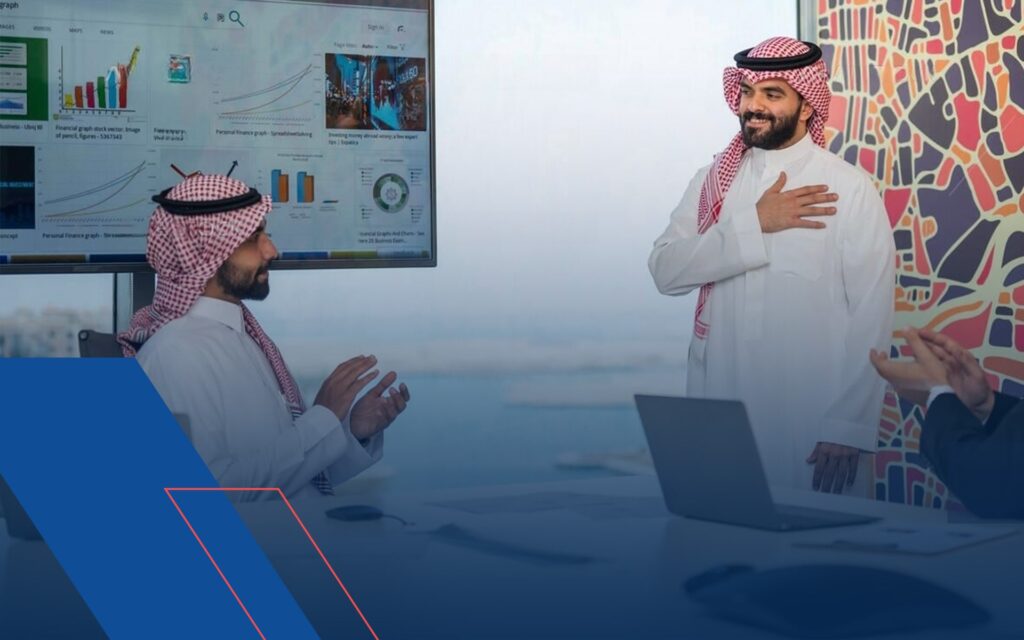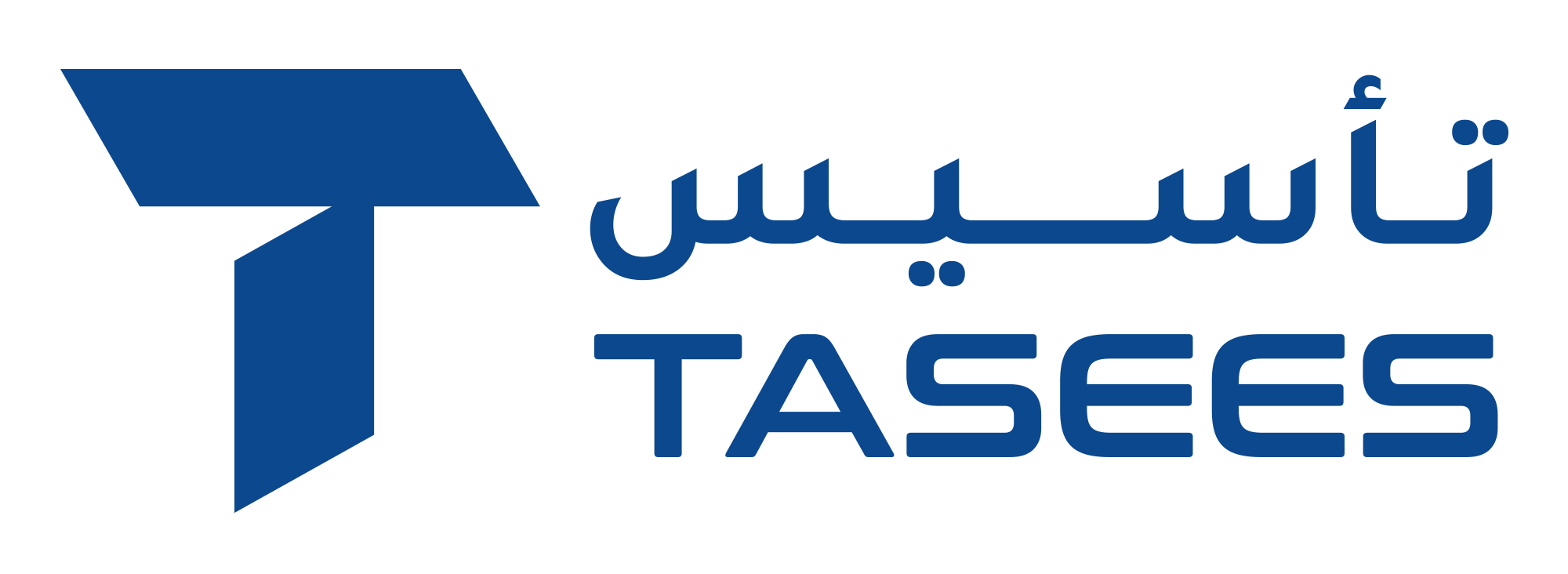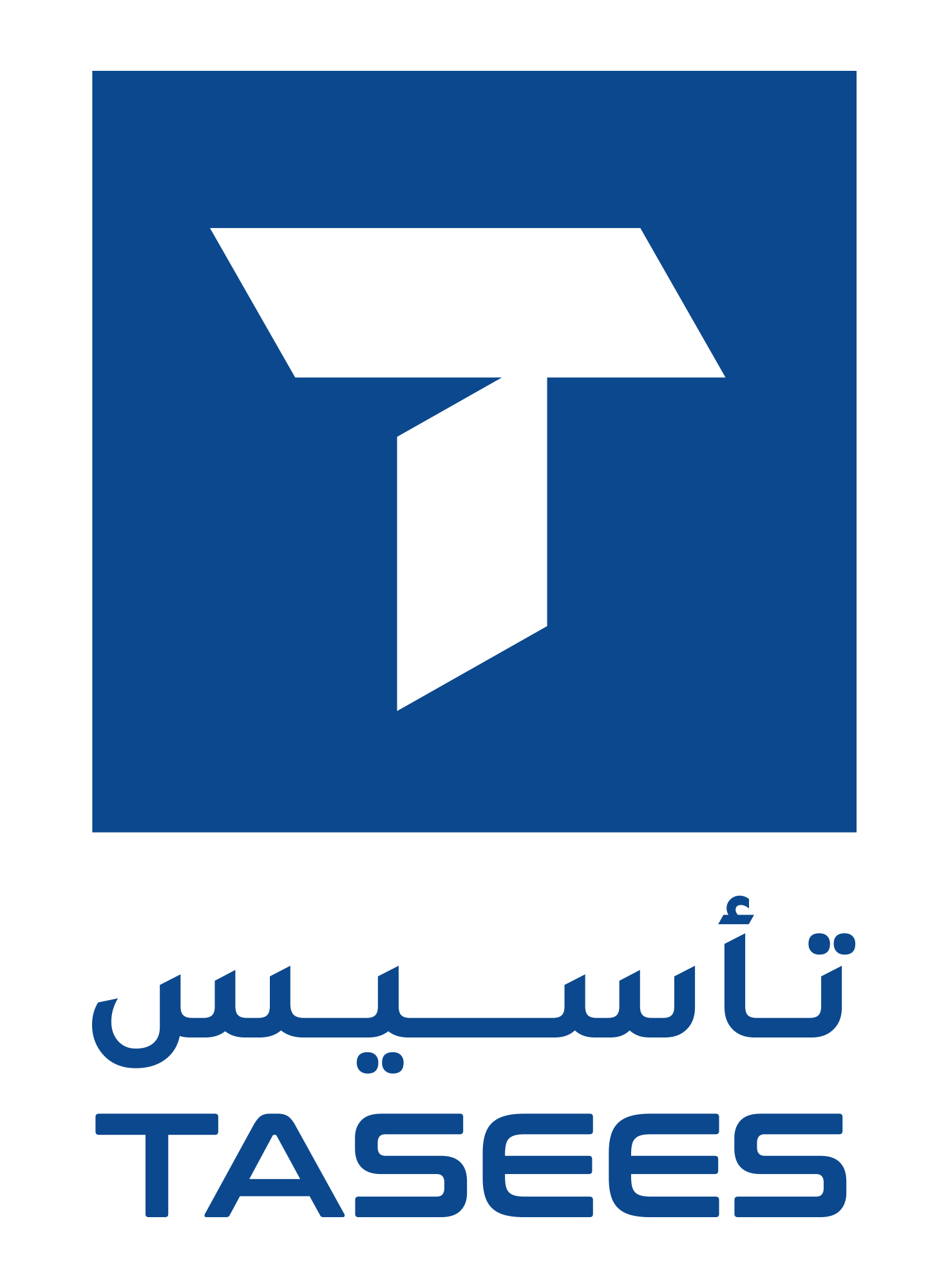Although companies are keen to increase the productivity of employees to advance their activities and achieve their goals. Many companies ignore improving employees’ skills and raise their professional efficiency.The fact that employees and workers within any company are its most important resource is undeniable. Therefore, they must invest in their professional and cognitive skills to improve the efficiency of the performance of their tasks, so that they can keep abreast of changing work requirements and make less effort and time to accomplish tasks, thereby increasing productivity and maintaining quality performance, growth and profits using the same resources.

Read in this article:
Speaking and touching on the term “efficiency” and how to enhance it among employees, there are a lot of managers and employers using terms such as (efficiency – productivity – effectiveness) interchangeably and synonymously to refer to improve the working environment. Although all these concepts are commonly used in the business world, there is a big difference between them, this difference can be illustrated as follows:
The importance of training employees and developing working methods to improve performance efficiency.
Achieving higher efficiency in the workplace should be one of the top priorities for any company that aspires to excellence in its field of operation; It increases productivity and reduces inputs, helps to meet business on time and yields tangible benefits for the company. In addition, increased efficiency enhances staff satisfaction and dedication, assists in the quality of the working environment, improving staff retention as long as possible and positive interaction with work. Finally, raising efficiency means exploiting resources perfectly, leading to better, faster results, and less costly for the company’s tasks and projects.
Achieving higher efficiency in the workplace should be one of the top priorities for any company that aspires to excellence in its field of operation; It increases productivity and reduces inputs, helps to meet business on time and yields tangible benefits for the company. In addition, increased efficiency enhances staff satisfaction and dedication, assists in the quality of the working environment, improving staff retention as long as possible and positive interaction with work. Finally, raising efficiency means exploiting resources perfectly, leading to better, faster results, and less costly for the company’s tasks and projects.
The world of business is developing very rapidly, and companies that have a team that does not have the ability to keep up with these constantly evolving changes are falling behind in recent grades, so plans must be made to train employees in companies to upgrade their efficiency and improve their professional performance.
Companies need to be well aware that most methods and trainings that help to improve employee performance require effort and time at the outset. It is difficult to measure results tangibly overnight, but this results productively after employees respond to these methods:
The working environment directly affects employees’ morale and professional competence, and the physical working environment also plays a role. Wide, luminous spaces and energetic colors enthuse employees, helping to think positively. In addition to preparing flexible workspaces with comfortable seats and high quality offices, providing a calm atmosphere for employees all contributes to enhance people’s efficiency and supporting their productivity.

Employees often possess a range of personal skills that are not directly related to their job assignments, but at the same time these skills can be exploited to serve the development of other tasks and better delegate duties. Having flexible work duties with the option to shift in functional responsibilities can help to use everyone’s skills properly.
Defining expectations in a clear and transparent manner is an important process to increase staff efficiency. When staff know what is expected of them in terms of behaviour, performance and efficiency, they can develop their work plans, focus on fulfilling the tasks that meet these expectations and improve their overall performance, and better achieve the Organization’s objectives.
As the automation system spreads across various sectors (industrial, commercial and service), there have become many automation tools (automation) that help reduce the number of recurring tasks your employees have to carry out, thereby reducing the time and effort spent in exchange for professional quality business execution. Automation programs help carry out a lot of tasks including collecting customer data, responding to customer conversations, completing payroll tasks, managing tasks, tracking time, sending messages and creating reports. All this contributes to reducing human errors within the working environment and focusing staff efforts towards vital tasks, thereby implementing them as efficiently as possible.
Employee training programs may seem like a material burden on companies, but from another perspective they are a long-term profit investment. Leaving employees untrained helps them develop professionalism and skills is detrimental to the improvement of the company’s performance in the light of the daily developments in the business sector and the decline in its material and practical level.If employees do not have the expertise or skills necessary to perform their work duties, of course this weakens the efficiency of work within the company. Working to develop them helps them expand their skills and progress in their careers. It will also provide companies with a strong task force ready to meet any future challenges.
Reliance on detailed management (Micromanagement). Managers and officials intervene in all the details of work aspects are among the most important reasons for loss of performance efficiency and affect the efficiency and effectiveness of staff in the performance of their functions.
Therefore, it is necessary to pass powers and responsibilities among all career structure departments, giving staff full confidence in their skills to enable them to perform their job tasks and complete projects faster.
Encouraging staff excellence and creativity requires managers’ lack of interest in and control over staff functions.
It is important to design a formal incentive program within the company. When employees feel that their efforts are being observed and appreciated, it increases their morale and stimulates their efficiency. Giving employees management recognition to their good work makes them feel valued and increase their career engagement, encouraging them to continue to perform their tasks and increase their productivity.
Unsatisfactory performance at work can damage the company’s productivity and efficiency, lose the morale of the entire team, and lose its leading position among the corporate sector, so it is important to continuously monitor the performance process to reduce professional underperformance and work to increase employee efficiency.
There are many strategies that help you manage and improve poor performance, here are some of them:
Companies must provide all ways and trainings that increase employees’ efficiency and improve their performance by training employees and developing the processes and techniques they use. These processes must be continuous and sustained, with tangible results
and persistent.

